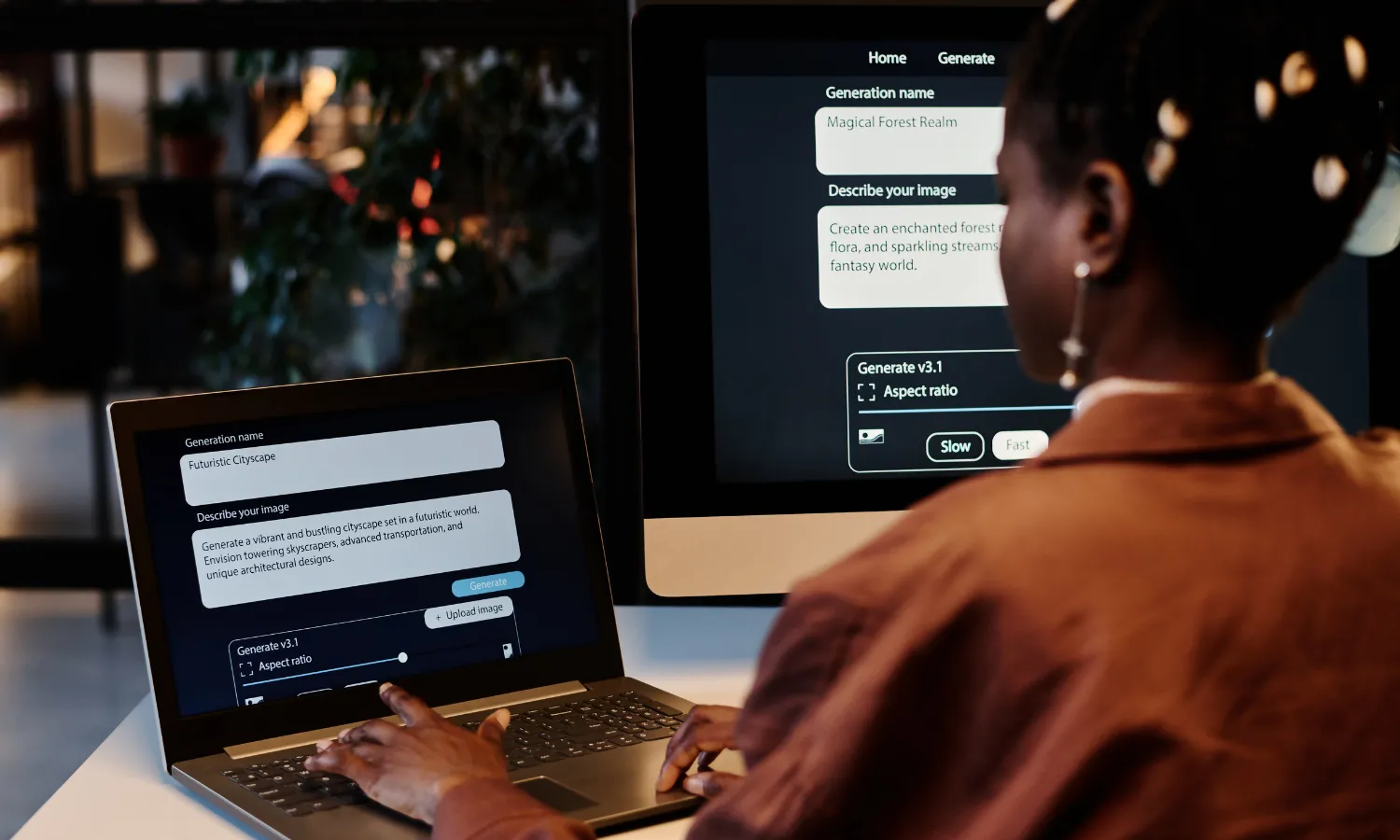Situation
After several months of access to Microsoft Copilot licenses, many associates weren’t fully adopting the tool. They defaulted to manual workflows, limiting productivity gains, and struggled to see how Copilot could act as more than just an automation tool. The gap wasn’t access but confidence and practical understanding. To address this, I partnered with the CIO to create a training program that demonstrated how Copilot could streamline everyday tasks and also support higher-level, strategic work.







